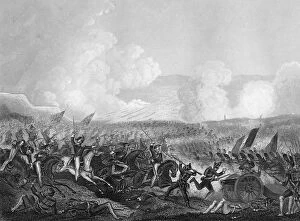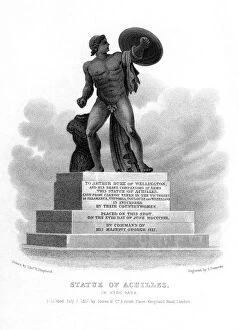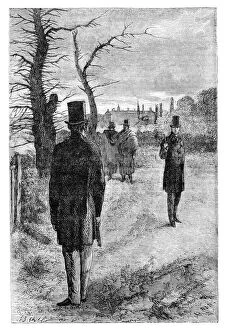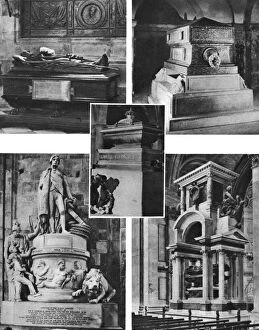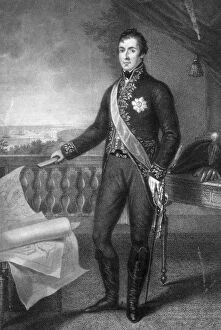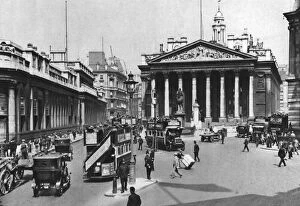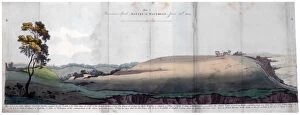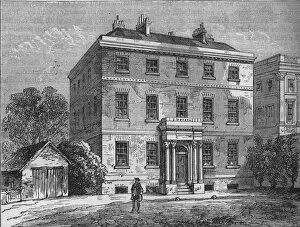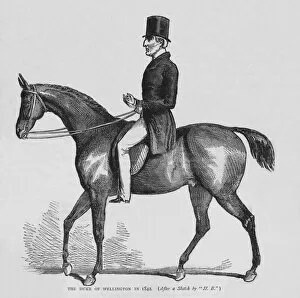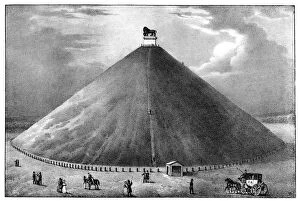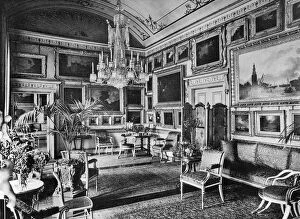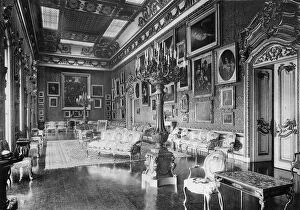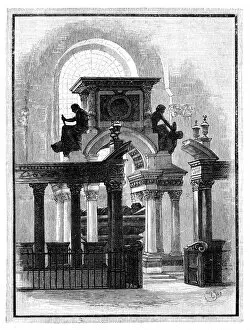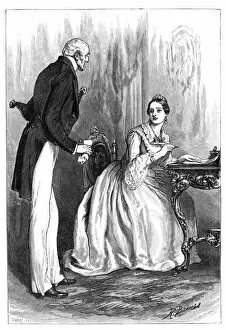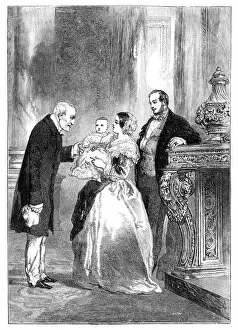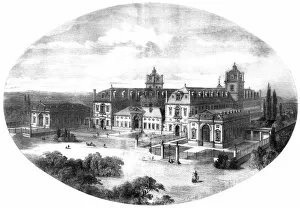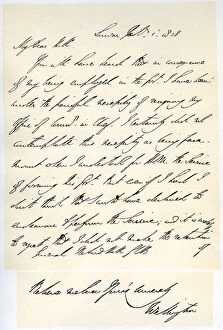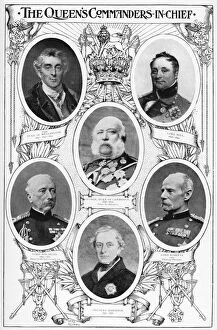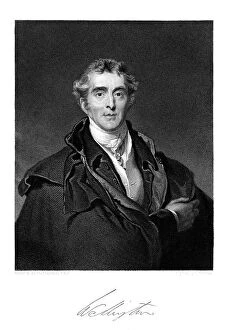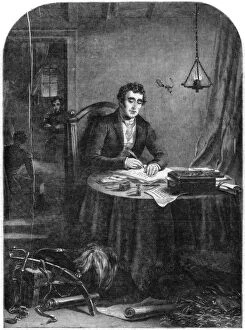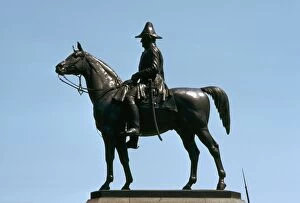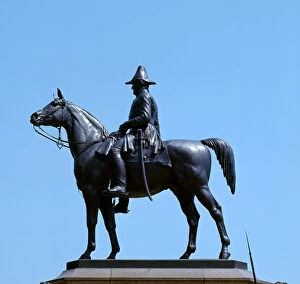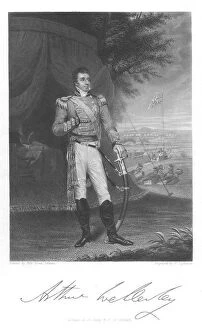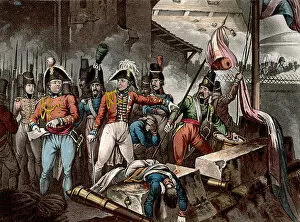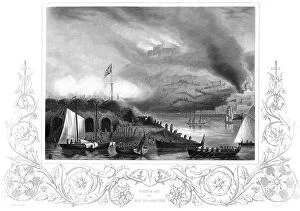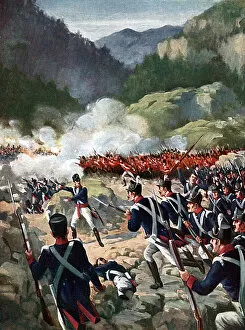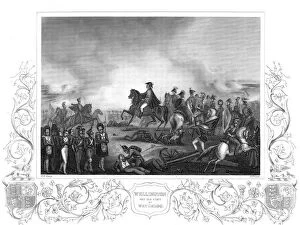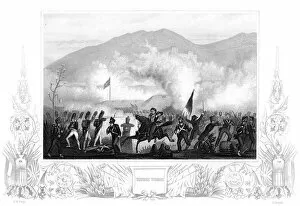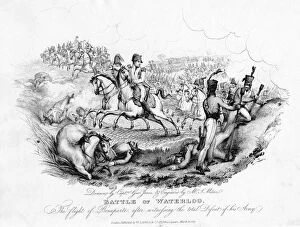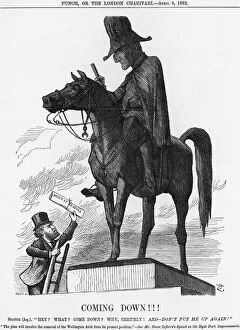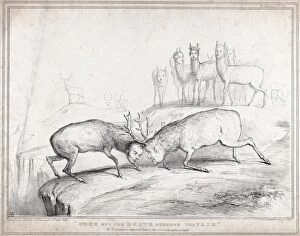Arthur Wellesley Collection (#12)
Arthur Wellesley, the 1st Duke of Wellington, was a legendary figure in British military history
For sale as Licensed Images
Choose your image, Select your licence and Download the media
Arthur Wellesley, the 1st Duke of Wellington, was a legendary figure in British military history. Known for his strategic brilliance and unwavering determination, he played a pivotal role in shaping Europe's destiny during the early 19th century. One of his most famous achievements was leading the British army to victory at the Battle of Waterloo on June 18th, 1815. This historic battle is depicted in a detailed map from the 19th century, showcasing the tactical maneuvers that secured Wellington's triumph over Napoleon Bonaparte. In an iconic portrait by Thomas Lawrence, we see Arthur Wellesley portrayed as a distinguished leader with an air of authority. The image captures his essence as a fearless commander who inspired loyalty and respect among his troops. But behind this stoic facade lay moments of camaraderie and relaxation. In "The Grenadier in Wilton Mews, " we catch a glimpse into the more human side of Wellington's soldiers. It depicts their downtime after battles when they would gather together to unwind and share stories over drinks. Wellington faced many challenges throughout his career, such as leading "The Forlorn Hope At Badajos. " This powerful painting by Vereker Monteith Hamilton showcases the bravery and sacrifice exhibited by soldiers under Wellington's command during this intense siege. His leadership extended beyond just military prowess; Wellington also had political acumen. As seen in "The Army and Navy, Wellington and Nelson, " he was revered alongside Admiral Horatio Nelson for their contributions to both land and sea forces during Britain's golden age. Another artistic representation capturing Wellington's legacy is John Atkinson II’s depiction of the Battle of Waterloo. The vivid colors bring to life this monumental clash between two great powers on European soil. Wellington became synonymous with resilience - epitomized by Newton & Co’s lithograph titled "Wellington at Waterloo. " It portrays him steadfastly observing the battlefield while wearing his iconic Wellington boots, which were named after him.







